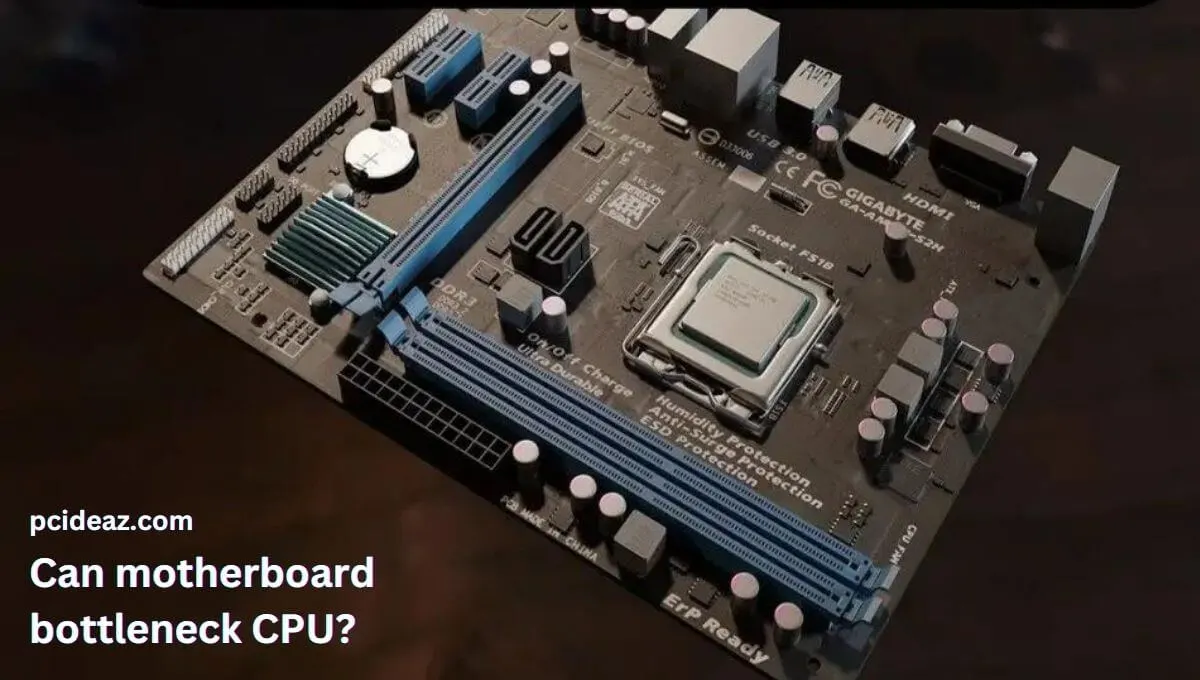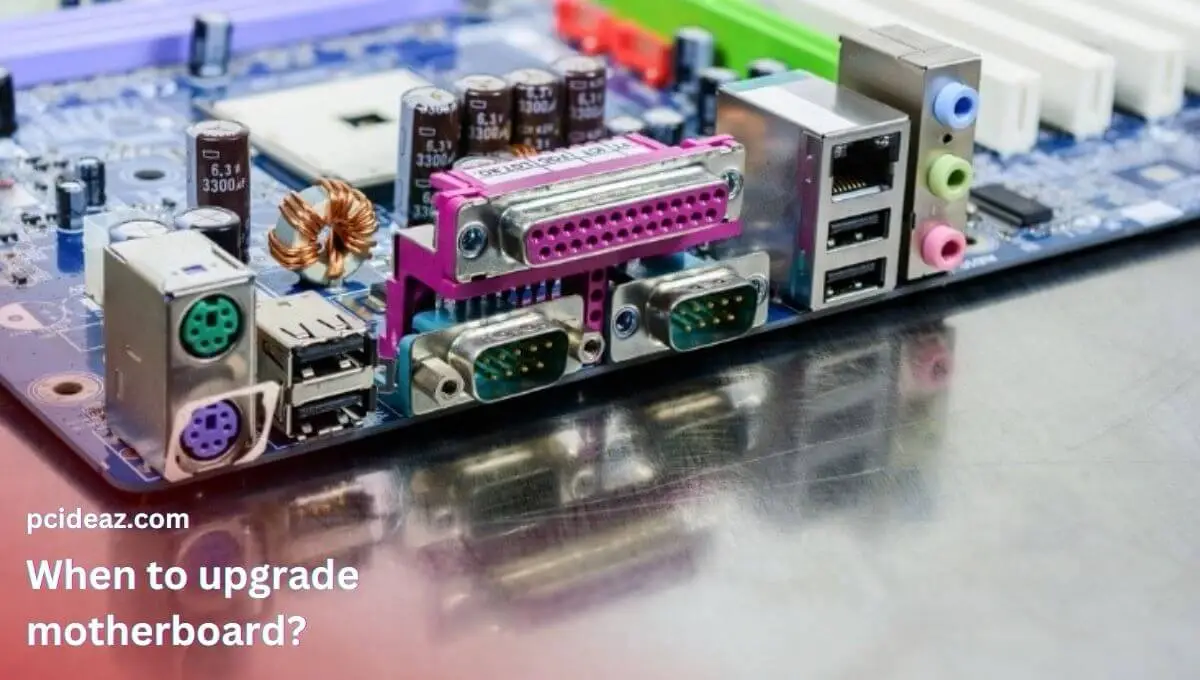A WiFi motherboard, also known as a wireless motherboard, is a type of computer motherboard with built-in WiFi capabilities. This means that the motherboard has a built-in wireless network adapter that allows the computer to connect to WiFi networks without needing an additional wireless network card.
Such a motherboard can be particularly useful for laptops or desktop computers located far away from the router or in an area where running Ethernet cables is not feasible. With a WiFi motherboard, you can connect your computer to a WiFi network without the need for additional hardware or cables.
Key Takeaways
- A WiFi motherboard is a type of computer motherboard with built-in WiFi capabilities.
- It offers numerous benefits, including convenience, mobility, flexible networks, cost savings, better performance, and a simple setup.
- The decision to get a WiFi motherboard depends on specific needs and circumstances, such as the need for wireless connectivity and the absence of a dedicated wireless network card.
Note: Not all motherboards come with built-in WiFi capabilities, so if you want to have this feature, you should look for a motherboard that specifically lists WiFi as one of its features.
Benefits of a wifi Motherboard
A wifi motherboard provides numerous benefits to the computer and its user. These benefits include:
-
More convenient: Using built-in wifi connectivity, users may work anywhere as they no longer need to physically connect their computer to a network with cables.
-
Increased mobility: When the computer is in moving, it can quickly connect to wireless networks, giving users a smooth online experience.
-
Flexible networks: A wide range of wireless networks, including those in the house, workplace, and public hotspots, are accessible to the computer.
-
Cost savings: By reducing the need for a separate wifi card or adapter, built-in wifi lowers the cost of the computer setup for users.
-
Better performance: Compared to wired connections, wireless connections can offer quicker network speeds and reduced latency, improving the computer’s overall performance.
-
Simple setup: To make setup and configuration as easy and uncomplicated as possible, the wifi motherboard automatically locates and joins any accessible wireless networks.
-
Superior compatibility: As wifi is a widely accepted standard, many devices and operating systems may use the motherboard.
Cons of wifi Motherboard
A few downsides of a WiFi motherboard include as following:
-
Limited upgradability: The built-in wifi module can only be readily updated or changed if it becomes obsolete or fits the user’s expectations.
-
Quality variations: Performance and stability may be impacted by the quality of the included wifi module, which might differ substantially between motherboards and manufacturers.
-
Lack of customization: A built-in wifi module might provide less flexibility or cutting-edge functionality than a separate network card.
-
Expansive: Motherboards with wifi capabilities might cost more than those without. The main benefit of purchasing a wifi motherboard is this.
Is It Worth Getting WiFi Motherboard?
It depends on your specific needs and circumstances. If you need to connect to WiFi networks and don’t want to add an additional wireless network card, a WiFi motherboard can be a convenient and cost-effective solution. However, a WiFi motherboard may be unnecessary if you plan to use a wired connection or have a dedicated wireless network card.
Common Applications of wifi Motherboards
A wifi motherboard gives a computer or device wireless connectivity, allowing it to connect to the internet, send and receive data, and interact with other devices.
Gaming PCs, home and workplace networks, portable electronics, and Internet of Things (IoT) devices are typical uses for wifi motherboards. These programs use wireless connection advantages to offer more comfort, mobility, and connection.
Gaming
Gaming PCs can employ wifi motherboards to enable wireless access for online gaming and player interaction. Online gaming is now possible without the use of wires due to this.
Home and office networks:
Wifi motherboards are frequently used in home and workplace networks to enable wireless connectivity for internet access, file sharing, and device communication.
Portable devices:
Wifi motherboards are frequently utilized in portable devices, including laptops, smartphones, and tablets, to enable wireless connectivity for internet access, communication, and data transfer.
Internet of Things (IoT):
Wifi motherboards can be used in Internet of Things (IoT) devices to provide wireless connectivity for communication, data transfer, and remote control. This allows IoT devices to be easily integrated into the home and office networks and to communicate with other devices.







